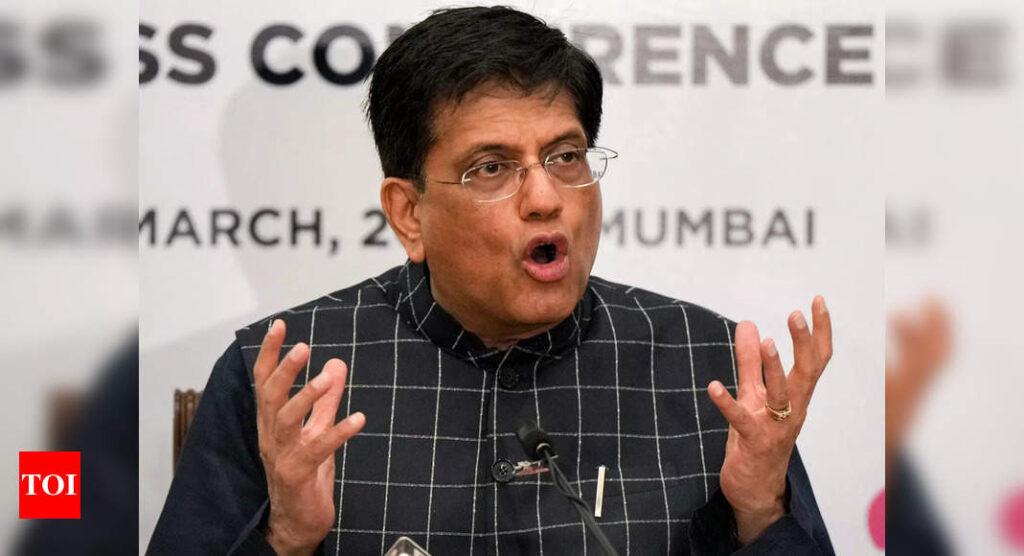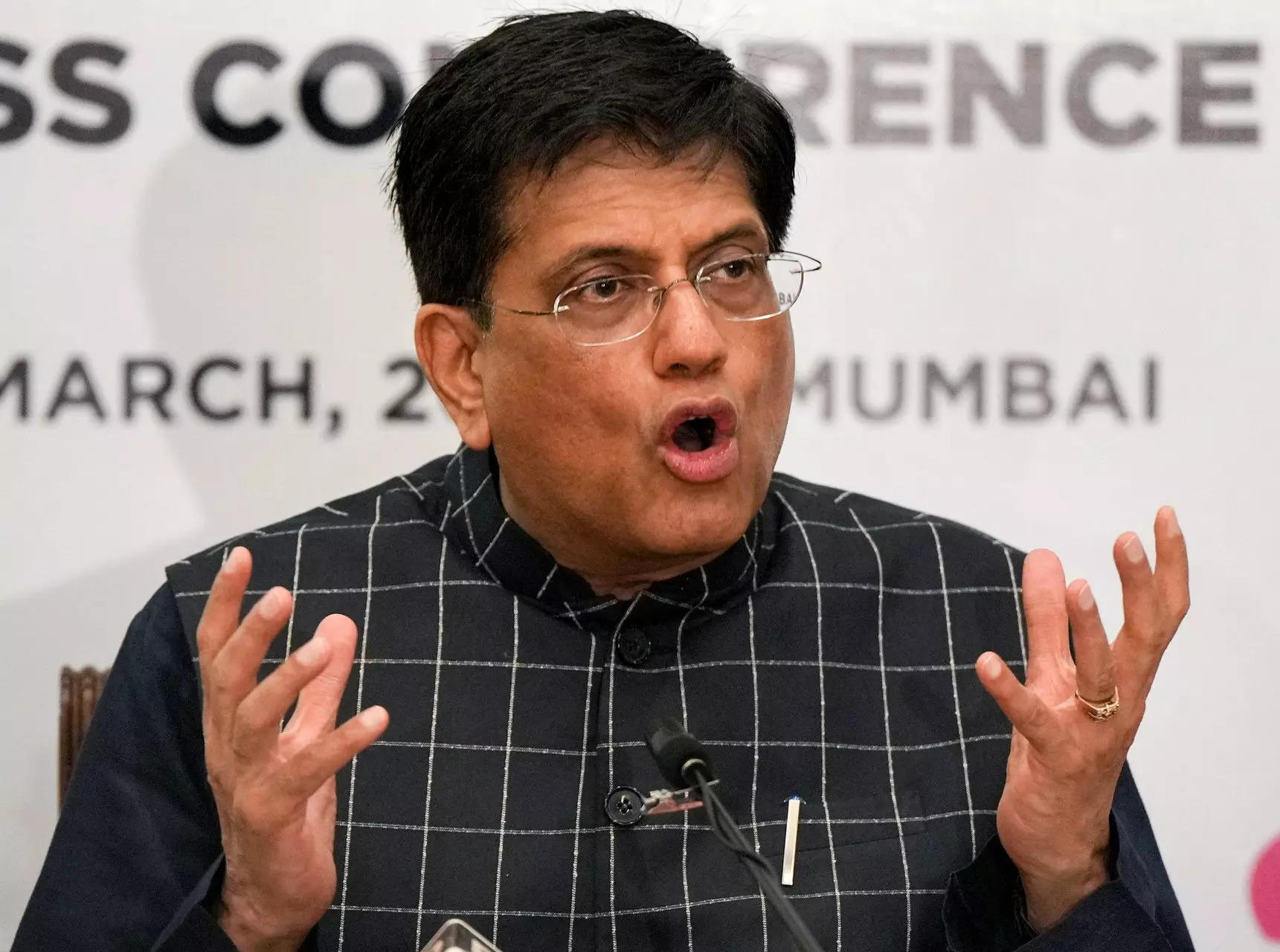[ad_1]
India is in the final stages of concluding FTA negotiations with the UK. The country is also negotiating similar pacts with Canada and European Union (EU).
“We can leverage the free trade agreements with the UAE and Australia and we are hopeful that in the next few months, we will finalise many more free trade agreements to help you grow your business with zero duty on finished leather products and footwear available for you to exploit bigger and better markets,” Goyal said while addressing footwear industry representatives here.
The minister also asked the industry to focus on quality and sustainable manufacturing processes to tap business opportunities in the developed world.
The Indian footwear and leather industry is not only a major foreign exchange earner but being a labour-intensive sector, it also provides employment to approximately 4.5 million people, 40 per cent of whom are women.
He said that India has the capacity to become the world’s largest and best-quality footwear manufacturer.
India is the second largest exporter of leather garments, third-largest exporter of saddlery and harnesses and fourth-largest exporter of leather goods in the world.
More than 95 per cent of the production units in this sector are micro, small & medium enterprises (MSME) units.
Further Goyal said that Indian size of footwear will be launched soon to help distinguish Indian footwear around the globe and reduce dependence on foreign sizing trends.
He suggested industrialists explore FTAs for technological collaborations, joint ventures of non-leather footwear, thus increasing the export of the country and enhancing the domestic market with Indian products.
Goyal highlighted the beauty of Kolhapuri footwear of Maharashtra and Mojari footwear of Rajasthan, stating that it should be an area of attraction for international buyers as well.
Talking about quality, he said the government has issued quality control norms for the sector and the government is ready to set up testing facilities for certifications.
Goyal urged the stakeholders to expand the business while keeping the focus on quality and sustainability, eco-friendly process, waste management, and exploring renewable sources for electricity.
Not only do we need to enhance our design capabilities to move up the value chain, but also bring in more investments and technology to scale up the production and produce innovative products, he added.
[ad_2]
Source link











More Stories
India’S Growth Forecast: S&P ups India’s FY’24 growth forecast to 6.4% on robust domestic momentum
India to remain fastest-growing major economy, but demand uneven: Poll
Jack Ma: Jack Ma gets back into business with ‘Ma’s Kitchen Food’